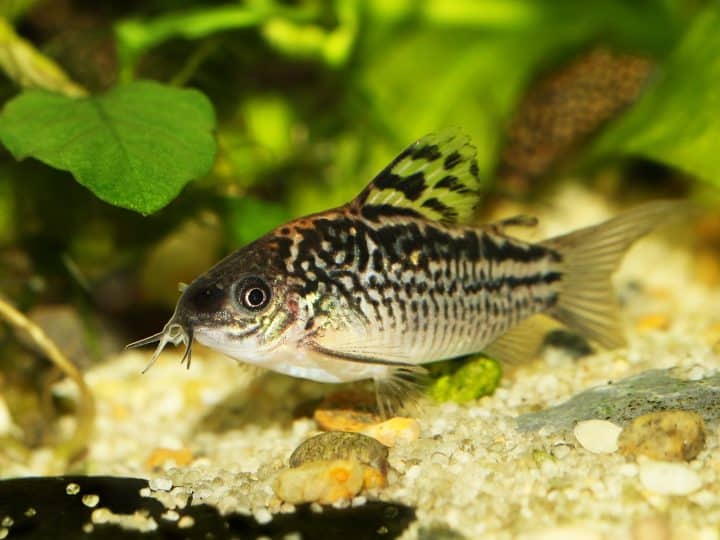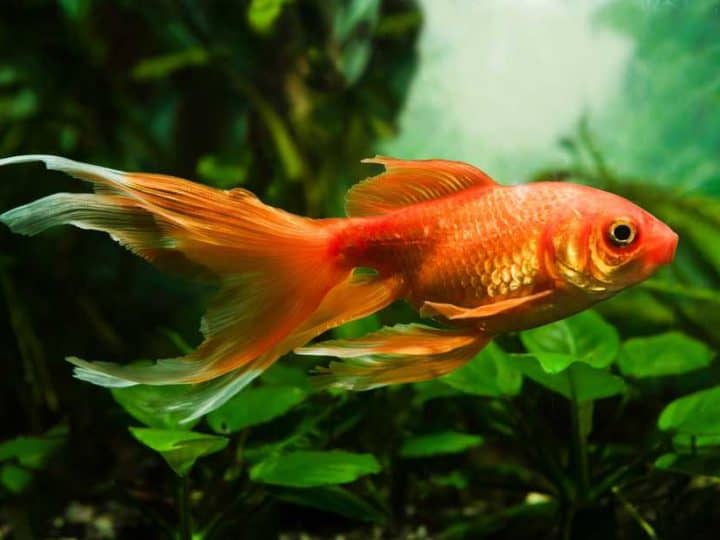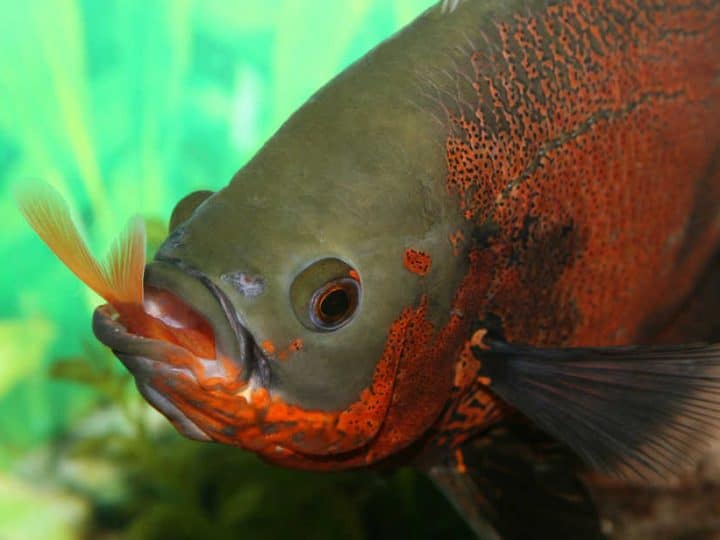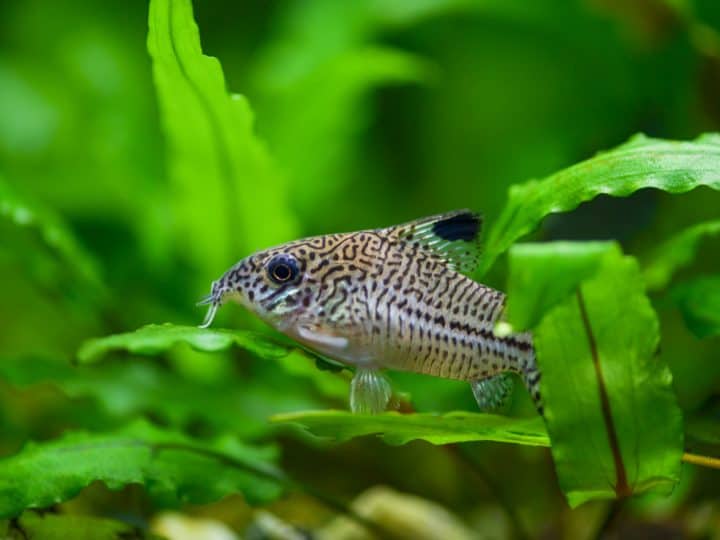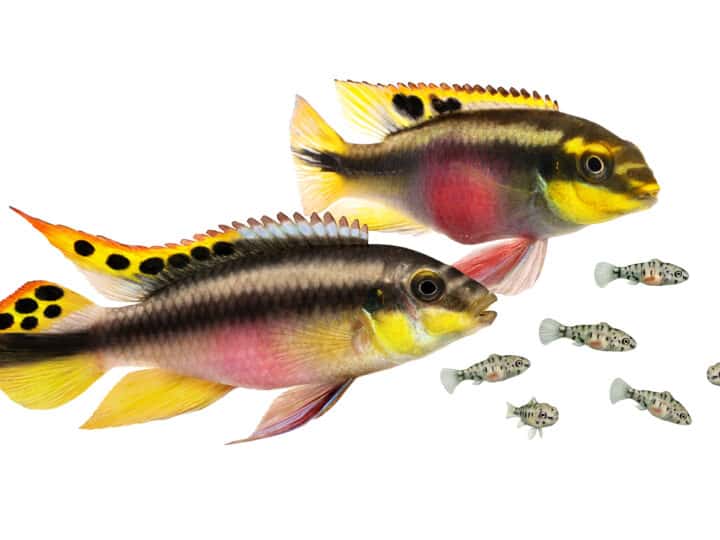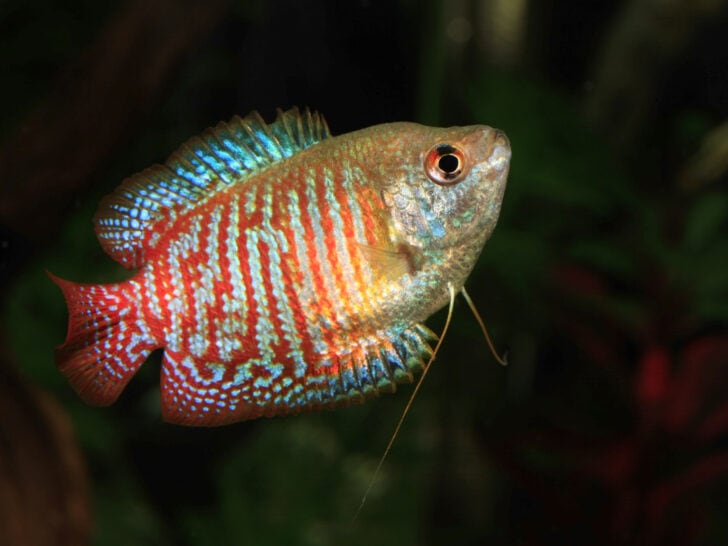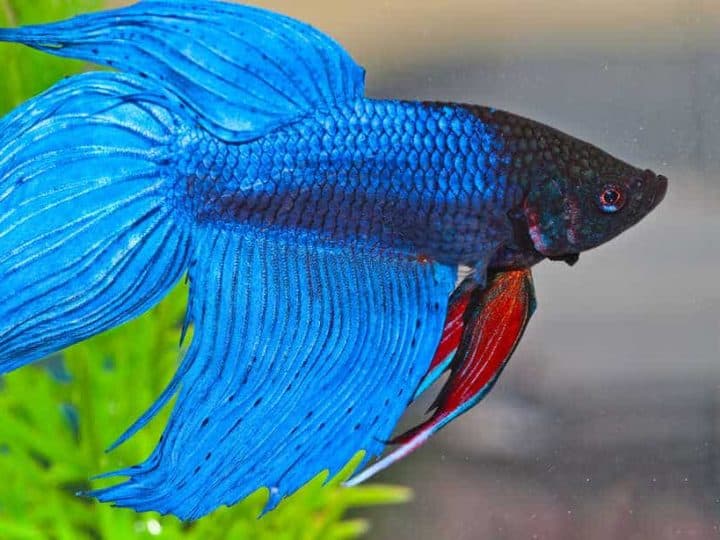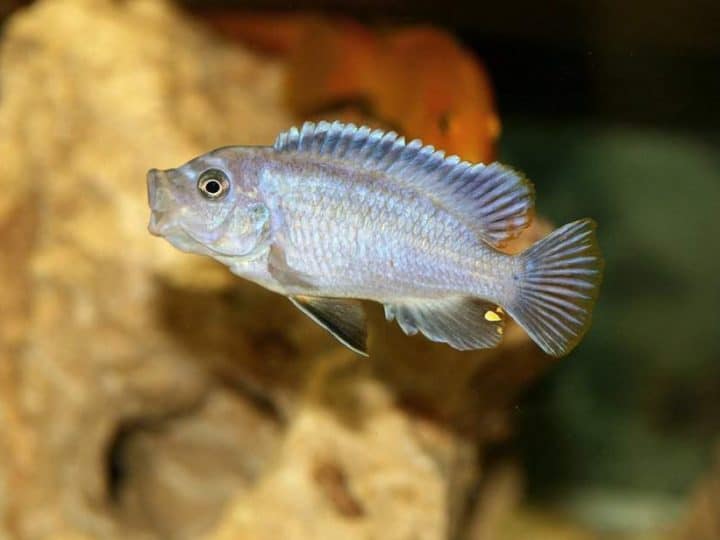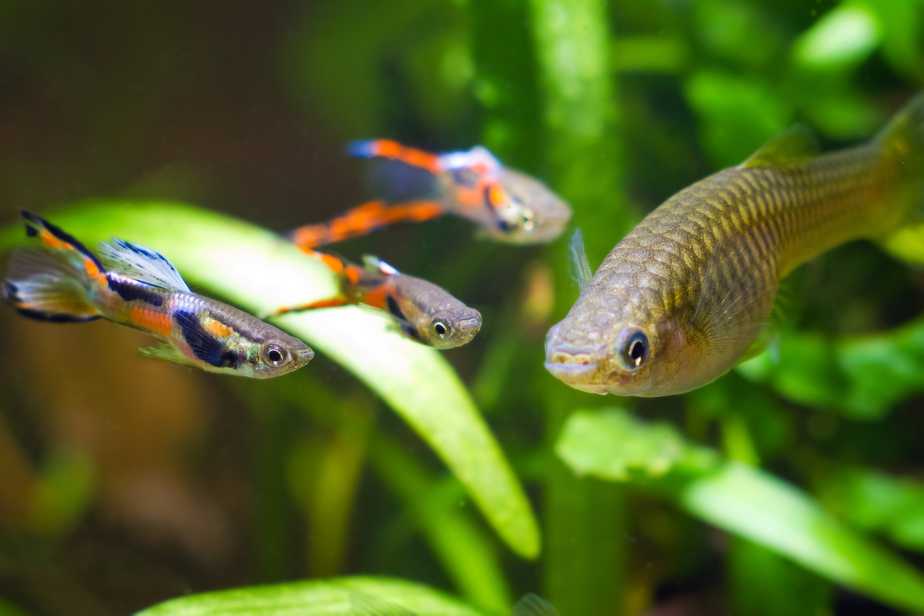Even after having a Bristlenose pleco for like two months, I believed that it could survive on the algae in the tank. It was after my pleco showed lower activity than normal, I started to research. I found that one cause for it can be low nutrients. It landed me on pleco diet needs. And here’s what I found.
Quick Answer
The Bristlenose pleco fish, commonly called the pleco or suckermouth catfish, is commonly popular as an algae eater. It’s because the fish spend most of its time sticking to the glass and eating growing algae. But, they are herbivorous and consume a variety of vegetables to fulfill their dietary requirement.
Pleco, unlike other fishes, are not regular eaters. They prefer to consume pellets or food only when the algae in the tank is not enough. But as a fish keeper, it is always good to know about their dietary needs and the food they can consume. It comes in handy if the algae level drops or after you clean a tank.
What Can You Feed To Bristlenose Plecos?
The Bristlenose Plecos are big-time eaters and will spend most of their time eating. They will eat biofilm, algae, and any other residue in the tank. It means that when the level of algae and residue goes down, you have to provide them a good quantity of food.

Usually, your normal flakes and Plecos pellet will do the job perfectly. But if you want to take a safer approach, consider feeding plants matter. You can consider a number of veggies and even some fruits for them. The basic here is to provide at least 85% plant matter and 15% proteins to the fish.
The following are some eatables that you prefer for the long life of your Bristlenose Plecos.
- Broccoli
- Zucchini
- Shelled peas
- Kale
- Lima beans
- Cucumber
- Cabbage
- Lettuce
- Carrots
Plecos can also digest apples and spinach, but they are not always a great option. The waste they generate can harm the water parameter. You can use them as a treat, though.
How to Properly Feed Your Pleco Fish?
The Bristlenose Plecos have a decent digestive capacity and don’t need food regulation like betta or goldfish. They will eat continuously, all the time, and as long as you don’t see any illness signs, everything will work fine.
However, you need to maintain a little balance to prevent the rotting of pleco food in the tank. Make sure you don’t leave the cucumber or other veggies in the tank for a prolonged time. In fact, it’s best to remove them within a day.
It’s also wise to provide regular treats to keep the fish healthy. But again, don’t overdo it, especially if the pleco tank is of minimal size. It will add extra calories, which is not good in the long term.
Apart from the regular diet, you can also introduce some non-veg foods like bloodworm in their diet.
Is Their Special Diet Requirement For Breeding Pleco Fish?
The Bristlenose Plecos are by far the easiest to breed aquarium fish. They don’t need much except a slight temperature rise and caves for breeding.
However, the male Pleco fish are very protective of their eggs. They never leave the breeding cave till the eggs hatch. Even after the fry comes out, the fish is reluctant to leave the parameter. Moreover, the pleco fish has to spend a lot of time fanning and cleaning the eggs and cave during breeding.
Therefore, it’s ideal to feed them before the breeding process starts. It’s better if you can raise the protein quantity in their diet. If possible, place some food near the cave entrance while the pleco is guarding its newborn. The fish need to get food without leaving the premises.
How Much Cleaning Pleco Tanks Need?
The thing about Bristlenose Pleco fish is that they don’t swim much and spend most time earning. It also means that your fish will poop a lot, way more than most fishes of the same size.
Thus, the Bristlenose Pleco fish tank will need quite a lot of cleaning. Using a high-end filter like a hang-on-the-back will do great. Just make sure you don’t use a very high-pressure filter. It’s also best to replace the powerful filter with multiple sponge filters during breeding. It will prevent small Plecos from getting sucked.
And while you don’t need excessive residue, a small quantity of algae is acceptable. It will provide the fish with the required fibers.
Apart from cleaning, the tank will also need some caves, plants, and hiding spaces for the fish. It’s also good to find and add some driftwood to the fish tank. Plecos like to clean deposits from them and use them for laying eggs. And yes, you have to clean the caves and driftwood as well.
Can You Feed It Meaty Food?
In their natural habitat, the Bristlenose Plecos are herbivorous. They mostly depend on plant matter to fulfill their dietary needs. There’s not a single type of Bristlenose Plecos that could eat meat or other fishes.
But, the fish can make a little compromise in this sector. You can feed them with blood worms, tubifex, and other such food. The probability of pleco eating them is low, but it’s possible. The chances are even less for frozen worms.

And, if possible, you should avoid feeding these meaty foods. The high protein diet can cause stress in their stomach.
How Do I Know My Plecos Needs Feeding?
The Bristlenose Pleco fish is different from most aquarium fishes, and it’s hard to detect behavioral changes in them. In fact, there are hardly any observational signs to know when they are hungry or starving. One sign you can consider is their activity. The fish is not the most active, but it becomes more inactive when low on energy.
But, it’s never a good idea to rely on this sign. Rather, you should focus on providing a regulated diet for them according to their age and size. It’s also good to keep some driftwood in the tank.
The Plecos are good at regulating their food. They poop a lot and don’t have general constipation issues. It’s possible but is rare as compared to gold or betta fishes.
Does The Pleco Food Need Processing?
Bristlenose Plecos, or in fact, any breed of pleco, don’t have a proper mouth. They stick to the food item, scratching it with their teeth. They have multiple layers of teeth for this part.
However, the sticking comes with great risk. The lower part of the Pleco fish gets exposed to the food item, and if it’s rough on the edges, the Plecos get hurt.
Usually, mild soaking will work best for flakes or pellets. The same trick also works for soft veggies and tubifex or blood worms.
The following tables will help you with this part. It will show you the different food options and the methods to prepare them.
| Food Item | Preparation |
| Cucumber | Washed and peeled |
| Carrot | Scrubbed and mild boiled |
| Peas | Boiled and peeled |
| Spinach | Thoroughly washed |
| Lettuce | Washed and mild boiled |
| Broccoli | Hard Boiled till soften |
Of course, the list does not include all the food items, but you get an idea. Basically, for leafy vegetables, a thorough washing will do. The vegetables like cucumber and that have a soft inner but hard shell will need some peeling and soaking.
Similarly, for hard vegetables like broccoli that have an abrasive structure, boiling is a must. Another thing to consider is using an anchor for the food item. Plecos will have a hard time sticking to veggies that are floating on the water.
Can My Pleco Get Sick Due To Food?
Most of the food items, especially the veggies and fruits, are quite safe for Plecos. But, there is always a risk of sickness. The chemical and fertilizers used for growing vegetables can enter the fish through the item. If the chemicals are high enough, you may notice some signs of sickness. Luckily, it’s not a big problem and a very rarer occurrence. Moreover, if you boil the vegetables, the risk is almost eliminated.
Similarly, for the non-veg food items like the blood worms, the risk factor depends on the source. For instance, if the meat comes from a filthy place where the organism faces constant stress, it will affect the pleco fish. In simpler words, the diseases of the blood worms get passed on to the Pleco fish.
So, make sure you obtain the food from a verified source. It’s also a good idea to keep a few fish cures on the shelf. And this list does not include any aquarium or Epsom salt. Plecos, like every scaleless fish, don’t react well to fish salts.
Final Words
The Bristlenose Plecos are quite easy to keep and feed. The fish doesn’t eat much and can survive on biofilms and algae in your fish tank. But they are not adequate. These options are limited in a tank, and they cannot fulfill the nutrients that the Plecos need.
The fish may look good and healthy for some time, but they will get sick, and the lack of food will show its effect eventually. Thus, consider all the different foods that your Plecos and maintain a proper dietary routine for them. It’s essential for their long life.

